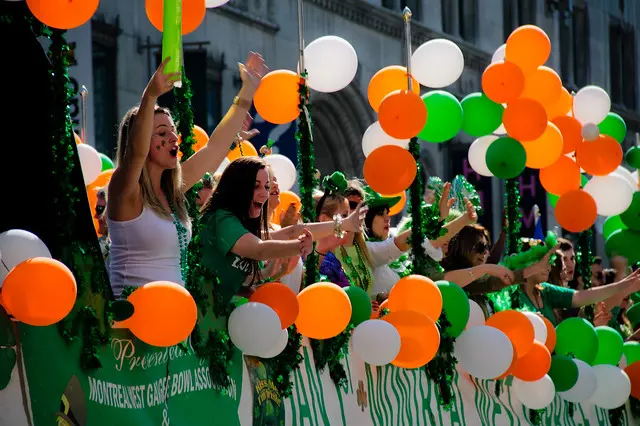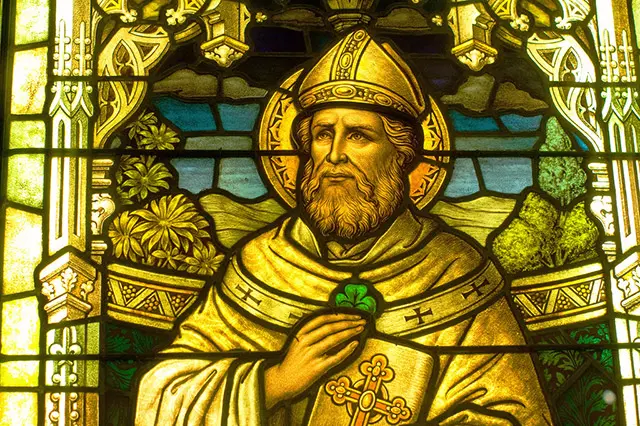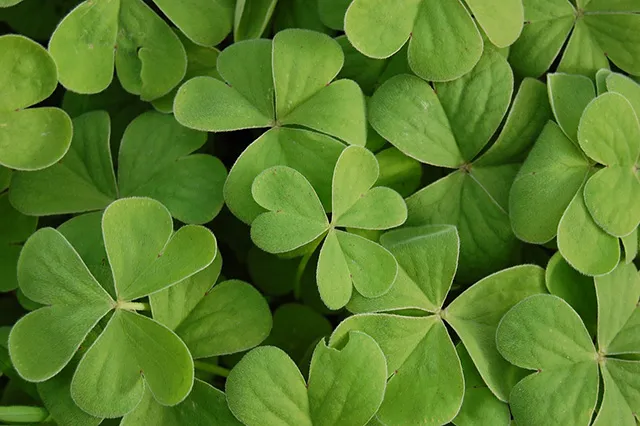Saint Patrick’s Day history & traditions
Detect the Saint Patrick’s Day celebrations and traditions and their transformation throughout the centuries.
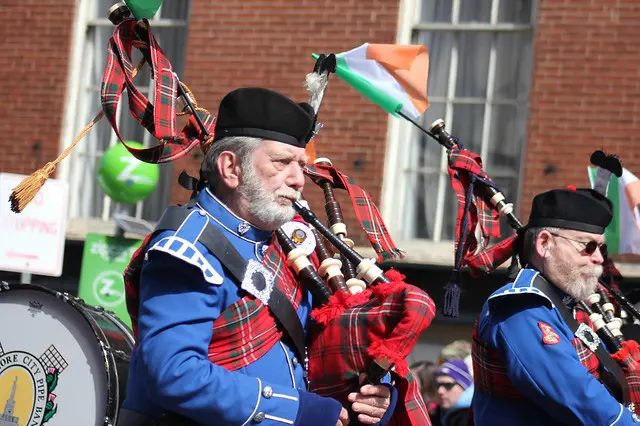
Saint Patrick’s day is a beloved tradition that is celebrated vigorously in various areas around the world. The customs and the rites followed during the celebration have evolved during the centuries due to an interesting sequence of historical, religious and societal factors.
A closer look at the elements and details that influenced the role of the festival during the years, helps towards a better understanding of the deeper meaning behind the feast.
Early years
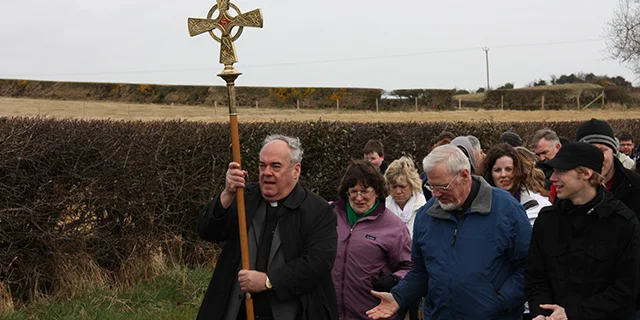
It was not until the early 1600s when Saint Patrick’s Day was officially placed on the Catholic Church’s liturgical calendar. This was done due to the persistent efforts of the Irish - Franciscan scholar, Luke Wadding. Thus, the 17th of March became the date that marks the day of Saint Patrick’s death and meant to celebrate the arrival of Christianity in Ireland.
Originally, Saint Partick’s Day was a religious holiday and until the 1700s it was celebrated mainly in Ireland as a somber religious occasion focusing on prayer. Participating in the Mass was also an obligation for the believers back during that time.
Given that Saint Partick’s Day falls mainly within the season of Lent, which is a more somber period on the Christian calendar, the traditional celebrations were generally decent and restrained. In other words, a typical Irish family celebration, especially before the 70s and the uplifting of the ban on drinking, was very far away from the party-atmosphere associated with today’s feast. More specifically, the traditional celebration would include the Mass attendance in the morning and some common (family or community) song and dance celebrations in the evening. The Lenten prohibition against meat was lifted for the day and this fact allowed the preparation of some typical plates like the “corned beef” that would add on to the special atmosphere of the day.
The secular transformation
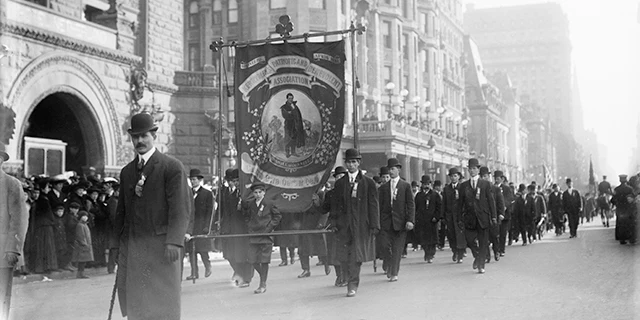
But how a feast that was initially a somber religious occasion evolved to a secular festival, if not a “world-party event”?
The modern celebrations are highly influenced by a series of customs introduced by the Irish diaspora, especially this of the USA. It was actually those who contributed towards the transformation of Saint Patrick’s Day to a feast of the Irish culture and heritage.
Significant numbers of Irish immigrants started to arrive in the USA already from the 17th century. Together with their customs that they were bringing to their new land, their increasing population started to be a mean for those who were seeking political power. Thus, politicians with Irish backgrounds started to stage more extensive celebrations on various events within the Irish community. Among them, the Saint Patrick’s Day which was transformed into the major Irish festival.
St. Patrick's Day is an enchanted time—a day to begin transforming winter's dreams into summer's magic.
This was the reason that the first Saint Patrick’s Day parade worldwide was not held in Ireland but in Boston, in 1737. In Ireland, the corresponding parade started to take place only from 1930, even if Saint Patrick’s Day has been an official bank holiday from 1903. In the mid-1990s, Ireland started to promote the celebration of the day as a part of its cultural identity and similar events started to spread throughout the country. During the last decades, the festival gained popularity in many American cities and other countries including Europe and Asia.
Contemporary celebrations
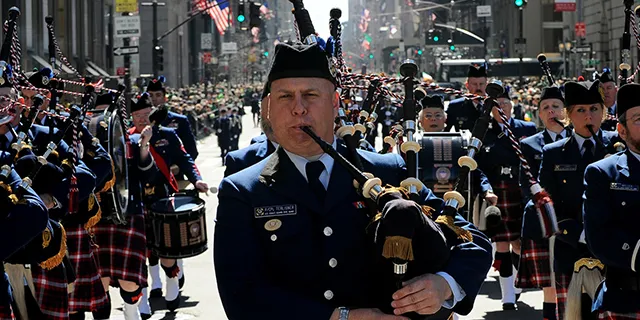
Nowadays, a series of Saint Patrick’s Day festivities are taking place annually on the 17th of March around the globe. Major cities, villages, and communities that host population with Irish origin, as well as capitals that wish to gain some glimpse of the joyful atmosphere, organize festivals and other events. The celebrations include public parades, costumes, decorations, food, music and dancing events.
The largest-scale parades are taking place in Dublin, New York, Chicago, and Montserrat. The participants are cultural and charitable organizations, marching bands, youth groups, fraternities, the military and fire brigades. Thousands of attendants wearing green attire are flooding the streets and at the end of the day, everyone is merging to a common party.
That's right, there's free beer in Irish paradise. Everyone's jealous.
The morning Church Mass is also attended by Christians while the lifted Lenten restrictions on eating and drinking put an extra festive perspective on the day. Banquets and social gatherings are accompanied by alcohol and food. The traditional recipes include corned beef, cabbage, and potatoes while the Irish whiskey, beer, and cider are integral parts of the celebration.
Marketizing Irish culture worldwide
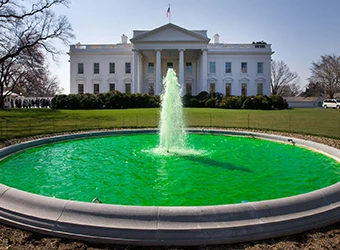
Saint Patrick’s Day, turned to be ideal timing for Ireland to marketize and export its tradition and heritage.
The festival events are attracting thousands of tourists to the country and for decades there is a tradition for Irish Ministers to travel abroad and promote the country on official visits. For example, the most prominent meeting of this period is this of the Irish prime minister with the president of the USA a tradition that started in 1952 when the Irish Ambassador initiated that by sending a box of Shamrocks to president Harry Truman.
Criticism of over-commercialization
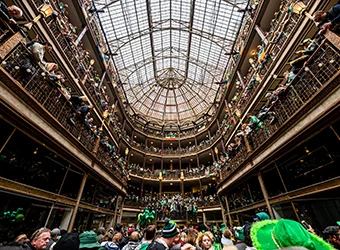
The contemporary transformation of Saint Partick’s Day from a religious event to a secular festival is also a base for some criticism. This is related to the commercialized status of the feast and its distance from its initial meaning which was the glorification of Saint Patrick as the missionary and bishop who Christianized Ireland.
Some strict opinions point out that the extensive party atmosphere and the large-scale alcohol consumption might promote negative stereotypes of the Irish people, while the general opinion in worldwide level agrees that there is nothing better than promoting and exporting the traditions and the heritage of a nation through a joyful festival like this.
